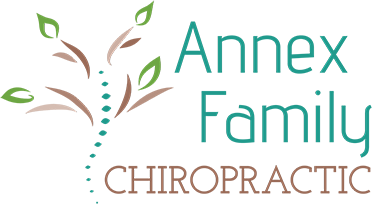By Dorene Internicola REUTERS
NEW YORK, Nov 26 (Reuters) – Although many people begin running as a practical path to weight loss or fitness, for many it becomes a love affair as the miles increase.
Tom Holland, running coach and author of “The Marathon Method,” tells his clients that running for 3 miles (4.8 kilometers) was horrible for him too, but farther down the road things changed.
“It happens for different people at different times and different distances: that runner’s high,” he said in an interview.
Holland calls it a cardiovascular turning point where the run becomes exponentially easier.
“There’s a point where the run becomes enjoyable,” he said. “Whether this happens at 8 (12.8 kilometers) or 10 or 12 miles down the road, it will happen,” he said.
A veteran of 60 marathons, Holland was set to run his ninth New York City Marathon earlier this month, until the 26.2-mile (42.2-kilometer) race was canceled in the wake of Superstorm Sandy.
“Over 100,000 people apply to the New York City Marathon each year,” he said. “There must be something there that people want.”
Gregory Chertok, a sports psychologist with the American College of Sports Medicine, said many people are drawn to running because it’s an uncomplicated activity.
“Put one foot in front of the other and when you work hard, you improve,” Chertok said. “Not everything in life is so simple. You could spend 10 years in a ballet studio and not become a ballerina.”
Few runners enter a marathon to win it, he said.
“It’s so rare in sporting culture for those who aren’t physically or aerobically gifted to feel included in something that’s competitive but not exclusive.”
While it’s tough to categorize athletes, Chertok said, long-distance running seems to be appreciated by those who enjoy solitude – or periods of solitude – and are OK with monotony.
Chertok differentiates external from internal motivation and said studies show that people who set goals based on intrinsic motivation are more successful.
“People run with the initial goal of losing weight or getting fit, which are external goals, but during training they realize they love running, so they end up running for internal reasons,” he said.
Qualitative evidence for the runner’s high suggests that for those prone to its euphoria, it probably contributes to running’s addictive quality.
“Those that have it swear by it,” he said.
Most sports medicine practitioners would agree that people are born to be mobile, he said, but not necessarily to run long distances.
“Physicians will deter people from running marathon distances, but it’s such a powerful allure that it becomes greater than risk of hamstring injury,” he said.
Richard Finn, spokesman for New York Road Runners, organizers of the New York City Marathon, agrees that long distances do not suit everyone.
“Running 26.2 miles (42.2 kilometers) is a big, bold brash undertaking,” he said. “You’ve got to put heart, soul, mind, body in it for months. It’s like climbing Mount Everest. Not everybody should be doing it.”
He said a runner is a runner whether you’re doing a marathon or a five0kilometer (3.1-mile) race.
“We do running 365 days a year, since 1959,” Finn said of the New York Road Runners. “Get those sneakers on and run, even on a treadmill. We’re not elitist. We think running is good for you.”
Holland believes running also exposes our weakest link so he urges novices to start slow.
“Running is an amazing cheap thing that can make us feel great about ourselves,” he said. “But the secret to running is balance. We’re born to run but we’re not born to run six days a week at the start.” (Editing by Patricia Reaney and Bill Trott)



